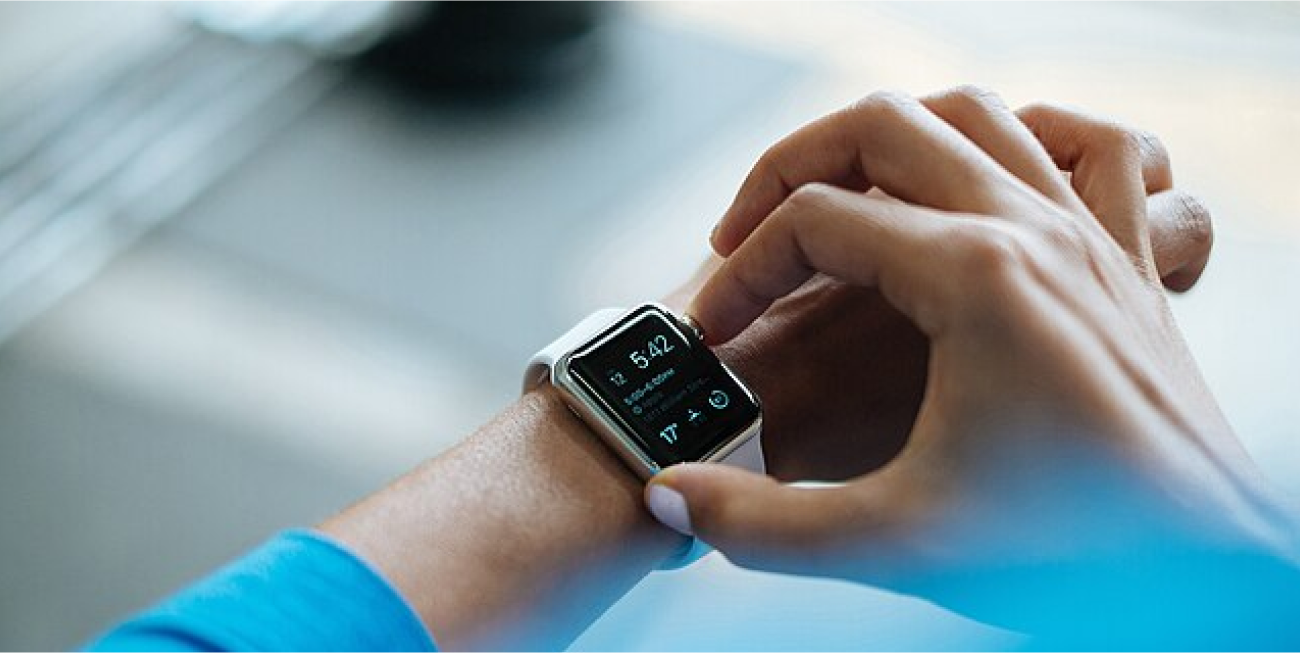Objectives
Wearable biometric devices are increasingly affordable, capable, and widely used by individuals to track certain physiological indicators. Enterprise-level Learning Management Systems (LMS) like Canvas track a broad array of learning events and outcomes. The combination of individual biometric data from wearable devices and learning activity/outcome data from LMS presents the possibility that an artificial intelligence system could be developed to make predictions of learning outcomes based on biometric data, LMS history and other data. These predictions could be used to make individual or group recommendations for actions by learners to enhance learning outcomes.
The link between wearable biometric sensor data and learning outcomes could potentially be established and applied to generate useful recommendations for learners and teachers if large-scale, multivariable, time series data on student performance was available. Until recently, no large-scale databases of this type were available. Today, with the adoption of enterprise-level Learning Management Systems (LMS) linked to wearable biometric sensors, this data issue can potentially be addressed.
Jack Midgley’s project presents a new model “AI-Assisted Biometric Feedback for Enhancing Student Learning” (“ABFEL”) for exploration of the technical, practical and ethical issues associated with developing such a system, and the potential value for learners associated with this system.
Outcomes
The team found that learners now enjoy multiple options for devices meeting the criteria of affordability, relevance, accuracy, network capability, and ergonomic experience. However, these devices mainly focused on specialized biometric functions like glucose monitoring and are less likely to be widely used within a student population.
They acknowledge the challenge of correlating learner biometric data with learning behaviors and outcomes. To make these correlations, a system would require data on individual learning activities and outcomes. The ABFEL team proposes the ABFEL Model, which includes the following elements and relationships: learners, wearable biometric sensor, learner smartphone, ABFEL Data Lake, AI engine, LMS, instructor, and instructor smartphone app.
Midgley and his team proposes conducting a small-scale test to explore the potential relationships between wearable biometric sensor data and LMS-generated learner outcome data. This test could involve equipping a small population with wearable sensors, integrating the sensor data with an LMS-derived learning outcomes database, and applying traditional statistical techniques to uncover potential correlations. Such a pilot could provide useful insights about the value of an ABFEL-based system without requiring extensive AI development and training.
Team

Jack Midgley
Security Studies Program

